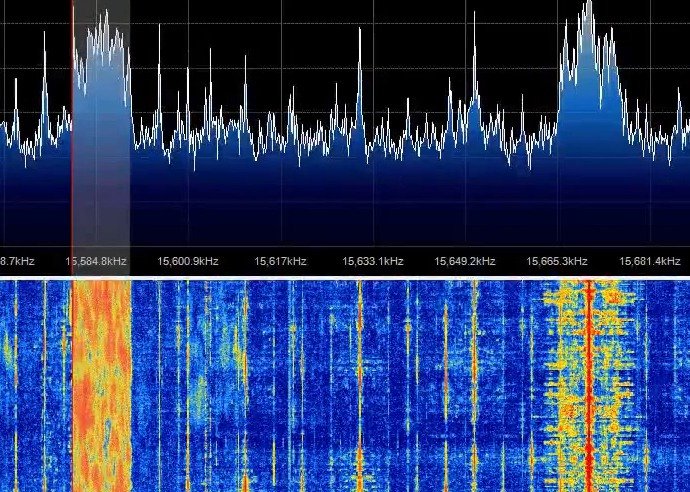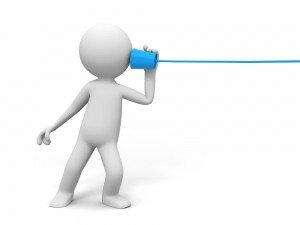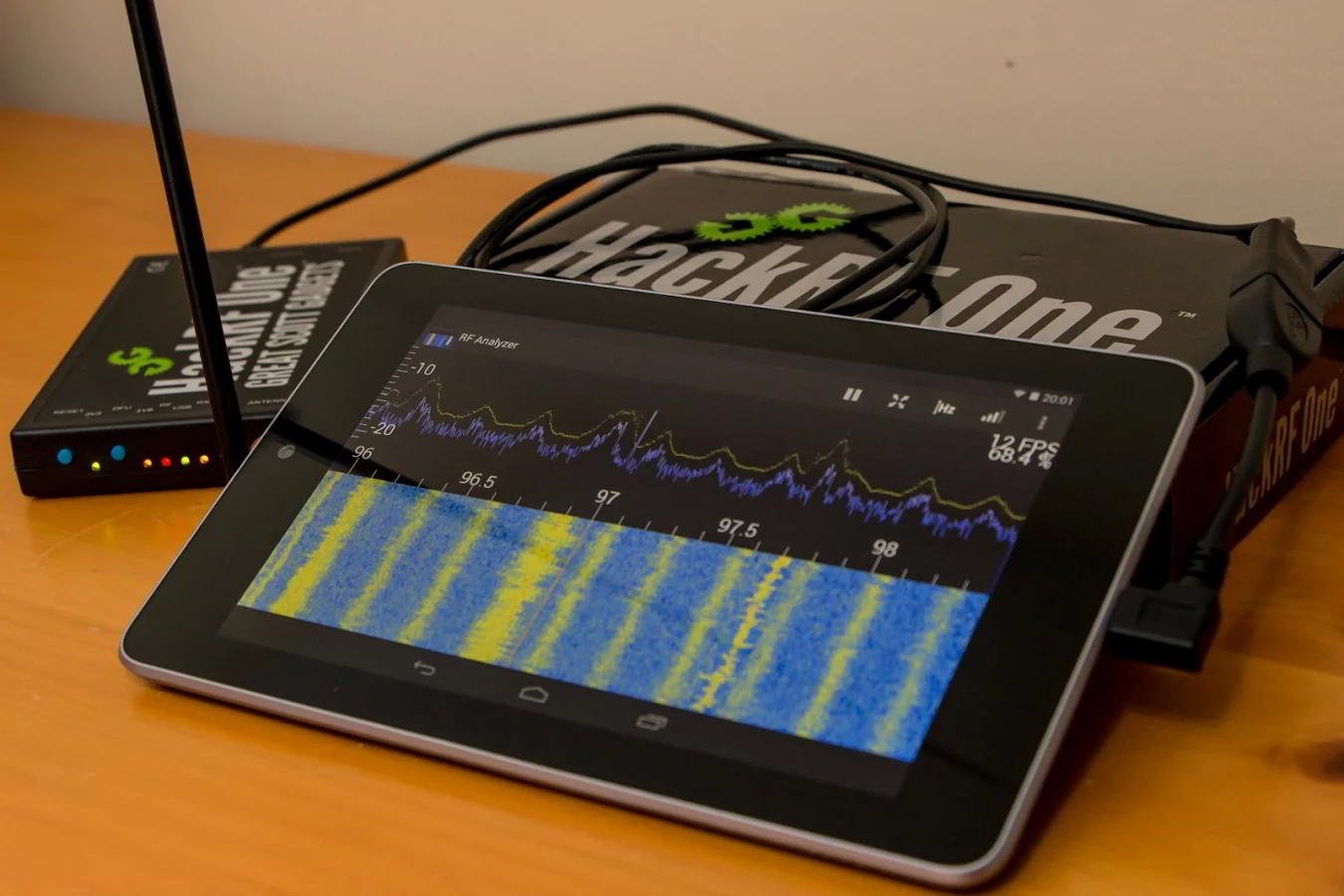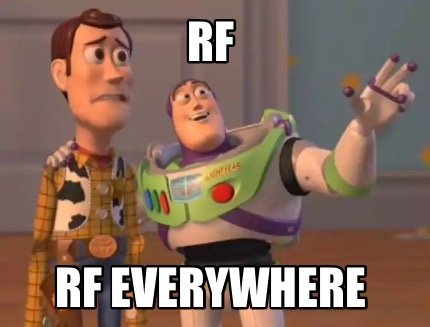
With the world as we know it constantly communicating how do you know what is being said over RF is being kept private and secure?
What is SDR?
Software-defined radio (SDR) is a radio communication system where components that have been typically implemented in hardware (e.g. mixers, filters, amplifiers, modulators/demodulators, detectors, etc.) are instead implemented by means of software on a personal computer or embedded system.
Software Defined Radio for Less than a Large Meal at McDonald's
You may have heard of the term Software Defined Radio; It is a art of 'listening' to radio frequencies on a software defined platform. Some implementation can get quiet complex to implement and there are some very powerful free software solutions that will throw you head first into the world of SDR. Thankfully the hardware required for a passive setup are quite cheap and will let you explorer the capabilities for less that a few cups of coffee or a large meal at McDonald's.
Armed with the simple USB based TV tuner sporting a RTL2832U chipset you can listen to raw radio frequencies to discover a wide range of interesting communications. The RTL2832U has some hidden features that allow it to be switched into a mode that allows for forwarding unprocessed raw baseband signals via USB which can be manipulated via software on Linux, Windows or even an Android Phone or tablet. These inexpensive hardware/software combinations allows you to listen and record all sorts of signals such as GSM, GMR, DECT, TETRA and lots more.

Communications such as:
- FM and DAB Radio Broadcasts
- Cordless phones and Baby Monitors
- Listening to unencrypted Police/Ambulance/Fire/EMS conversations.
- Listening to aircraft traffic control conversations.
- Tracking aircraft positions like a radar with ADSB decoding.
- Decoding aircraft ACARS short messages.
- Scanning trunking radio conversations.
- Decoding unencrypted digital voice transmissions.
- Tracking and receiving meteorological agency launched weather balloon data.
- Receiving wireless temperature sensors and wireless power meter sensors.
- Listening to VHF amateur radio.
- Decoding ham radio APRS packets.
- Door bell or Garage Door opener signals
- many more applications
It is important to note that the cheap device in question is only capable of receiving these signals although the pricer HackRF is capable of receiving and transmitting on a much wider frequency range.... it is this hardware that will allow you to record Radio Frequency signals and a communications and replay them back at the target device ;)
What you will require
For a cheap passive listen only setup you will need will need to purchase a USB TV Tuner/receiver card running the RTL2832 chipset; a popular choice is the R820T2 due to it very cheap price tag. Be aware that some packages ship with a better antenna/whip than the cheaper generic version; this better magnetic whip is a 3.25" and is extendable to 12". the cheaper option is non magnetic and a fixed 5.5" whip.

NooElec R280T2 with magnetic extendable whip and a Frequency range of 25MHz-1750MHz
This custom NooElec SDR is a modified DVB-T USB dongle tuned for SDR usage, including upgraded crystal, capacitors and inductors compared to generic devices. Full compatibility with a large array of software packages
Hardware
- Generic R820T2 USB 2.0 Digital DVB-T SDR+DAB+FM HDTV TV Tuner Receiver (standard whip) - $7-10 USD or Customised NooElec verion - $20 USD
- OTG Cable (Android Only)
Software Required - Free
Windows: SDR Sharp or HDSDR
Linux: GNURadio or Gqrx
Android: SDRTouch
Setup
Setup is easy! once you have your hardware in hand all that is required to get you started is to install the drivers, connect the device and then start the software. In no time at all you will be scanning the airwaves for interesting signals.
Hack RF One

Not so cheap but a much more capable device; with frequencies ranging from 1Mhz - 6Ghz it can cover a lot more of the spectrum and has the somewhat useful feature of being able to broadcast these signals back to the target device. Definitely a fun device to have in your toolbox but for the price i recommend starting off with the $20 device and make sure it's a device you can make some use of before splashing out the big buck for the top of the line Hack RF One.
TL;DR
The world is filled with RF communication with some really interesting information being shared with out being properly protected. Even if it is just for fun these $20 devices will open your eyes to the signals and communications that litter the air we breathe all day; everyday.

